Nissan has announced its new approach to electrified powertrain development, which it is calling ‘X-in-1’. This will see core powertrain components be shared and modularised for its electric vehicle (EV) and e-Power hybrid systems.
According to the Japanese carmaker, this approach will reduce development and manufacturing costs by approximately 30% compared to 2019. The goal is for cars with the e-Power hybrid system to achieve price parity with internal combustion engine (ICE) vehicles by around 2026.
Under the ‘X-in-1’ approach, EV and e-Power core components will be produced on the same line. For EVs, Nissan has a developed a 3-in-1 powertrain prototype that modularises the motor, inverter and reducer (reduction gearbox). There’s also a 5-in-1 prototype for e-Power vehicles that adds on a generator and increaser.
In addition to the cost benefits, the ‘X-in-1’ approach also allows for the size and weight of the power unit to be reduced for improved driving performance and NVH. The new developed electric motor for this approach also use less heavy rare earth metals in their construction (1% or less of magnet weight).
Last month, Nissan said it would accelerate its Ambition 2030 electrification strategy, which will see 27 electrified models – including 19 EVs – be introduced by fiscal year 2030. The company’s EV and e-Power technologies are key to this initiative, with both sharing common parts, making it rational to streamline development and reduce cost along the way.
These systems benefit from the high output of an electric motor, which is exclusively used to drive the wheels. The difference is how power is supplied to the electric motor, with EVs having a battery pack that needs to be recharged. The e-Power setup is self-charging and uses an ICE and generator to charge a battery that powers the electric motor – the ICE has no direct link to the wheels, unlike Honda’s i-MMD system.
Looking to sell your car? Sell it with Carro.

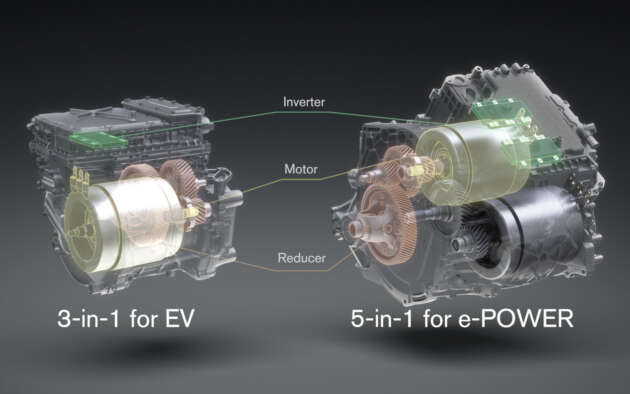
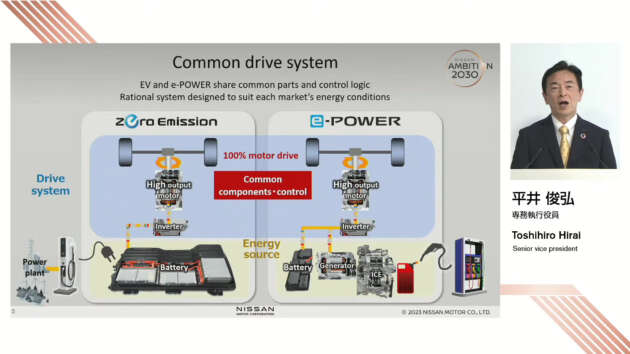


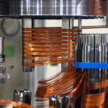

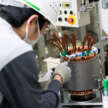
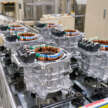

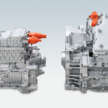
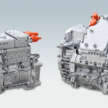
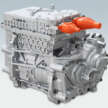
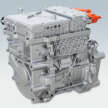
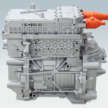

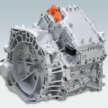
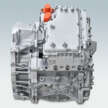
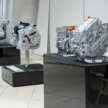
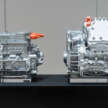
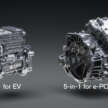
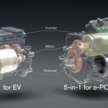

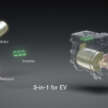
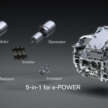

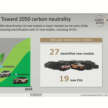
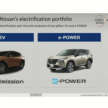
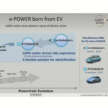
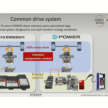
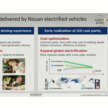

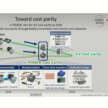
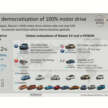
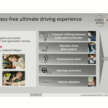
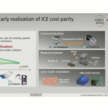
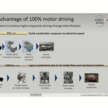
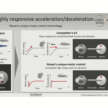
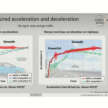


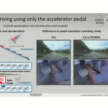
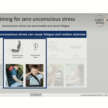
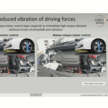
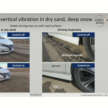
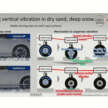
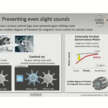


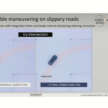
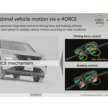

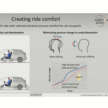
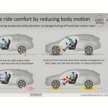
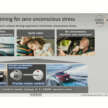
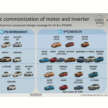
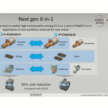
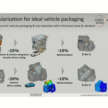
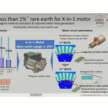
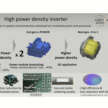
















Nice, no more range anxiety from the Battery Vehicle like Nissan Leaf.
Meaning by 2026 nissan can sale cheaper e power vehicle. Leaf selling for rm100k? No?
By 2026 Nissan ICE Vehicle harga naik to matching the e-Power.
Lol
2023 and now malaysia market don’t even have any epower vehicle
What to do, Tan Chong is a loser company ever since the founder is gone. The Tan Chong family is just running their empire to the ground.
not true, as tan chong had already expanded their business overseas.
but only in Malaysia they unable to expand due to non-crony / wrong skin color.